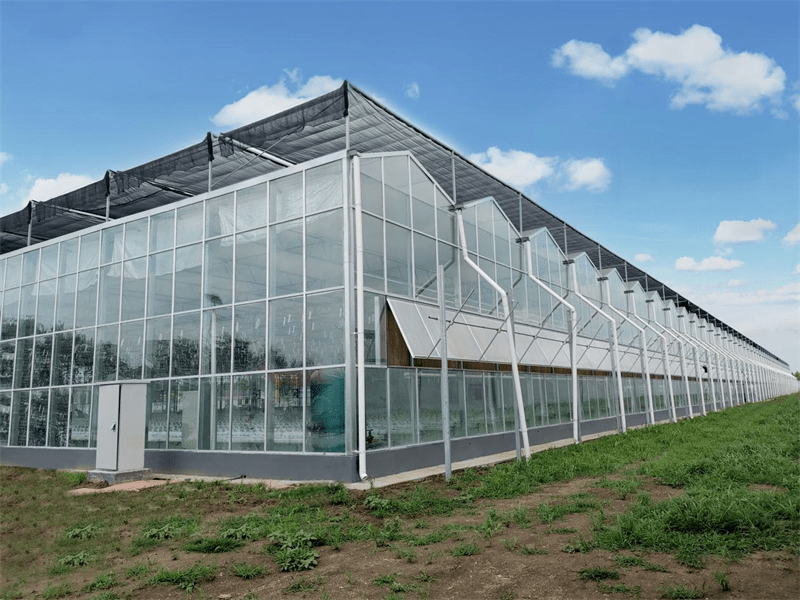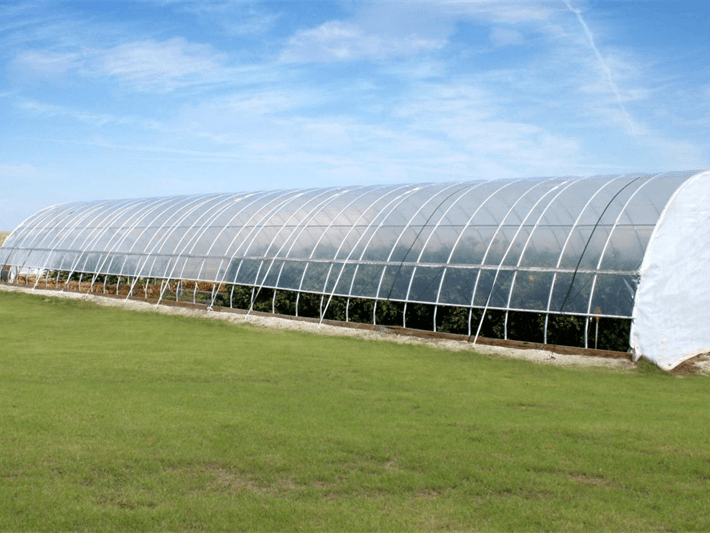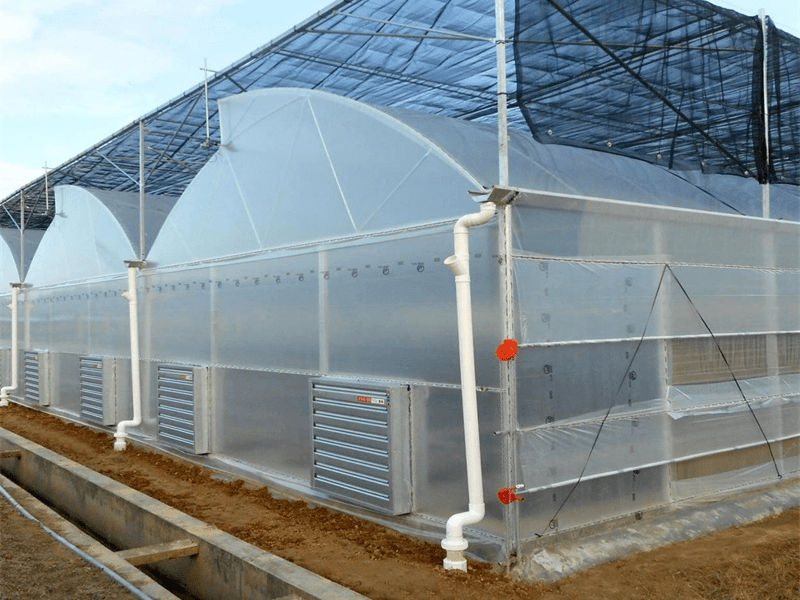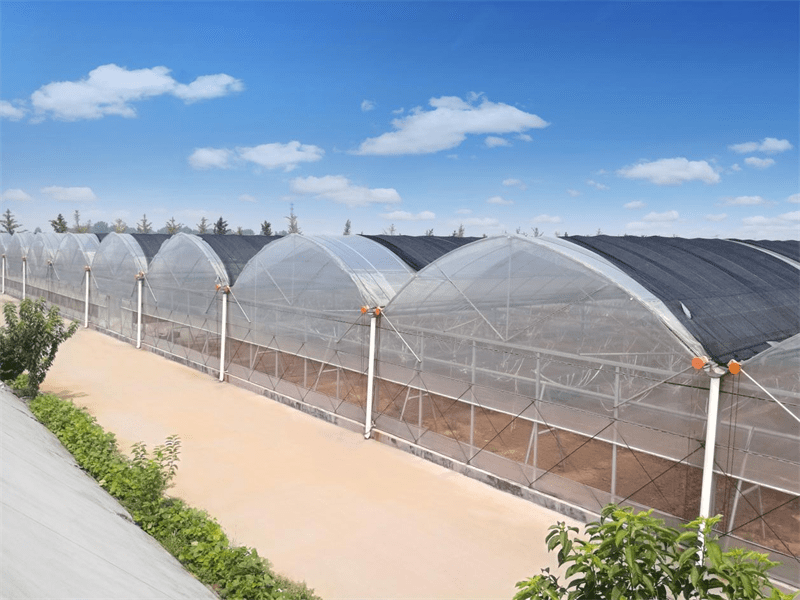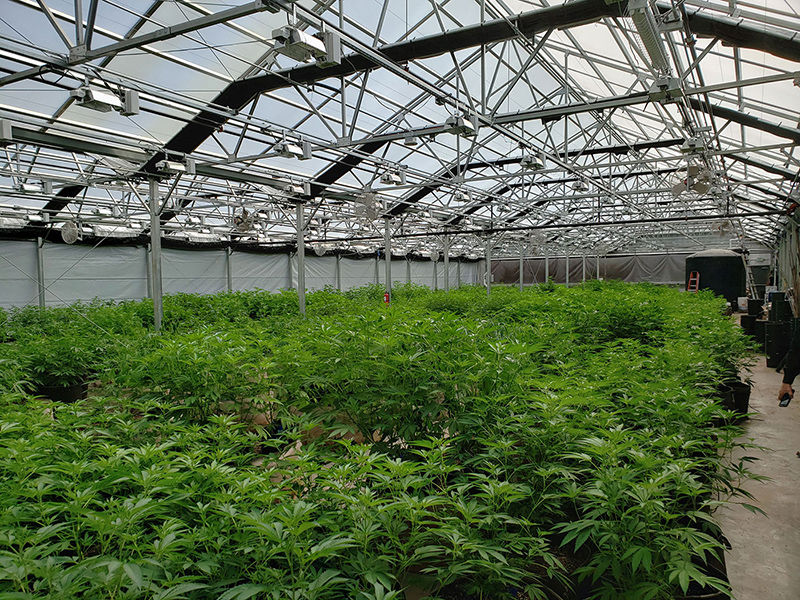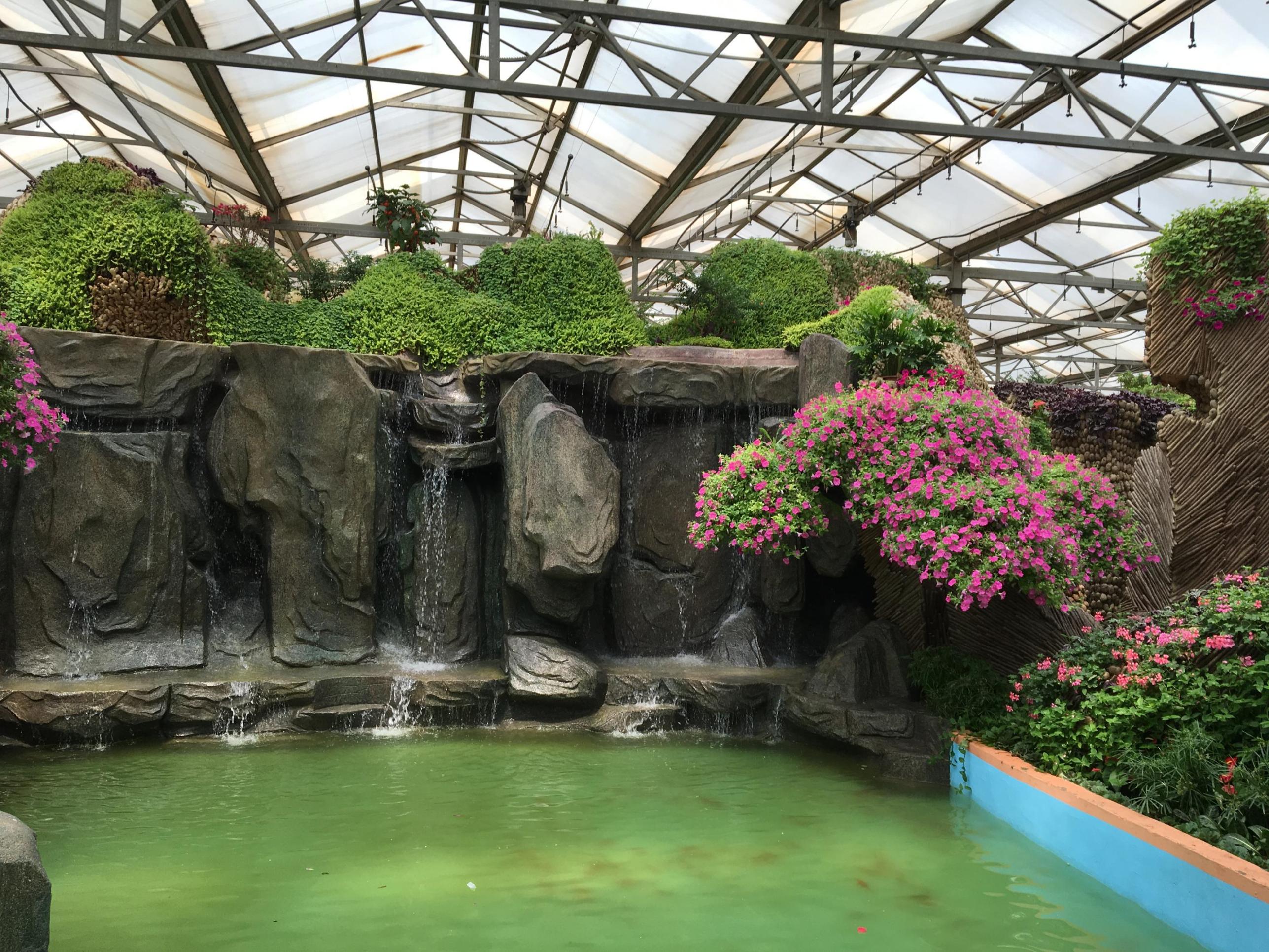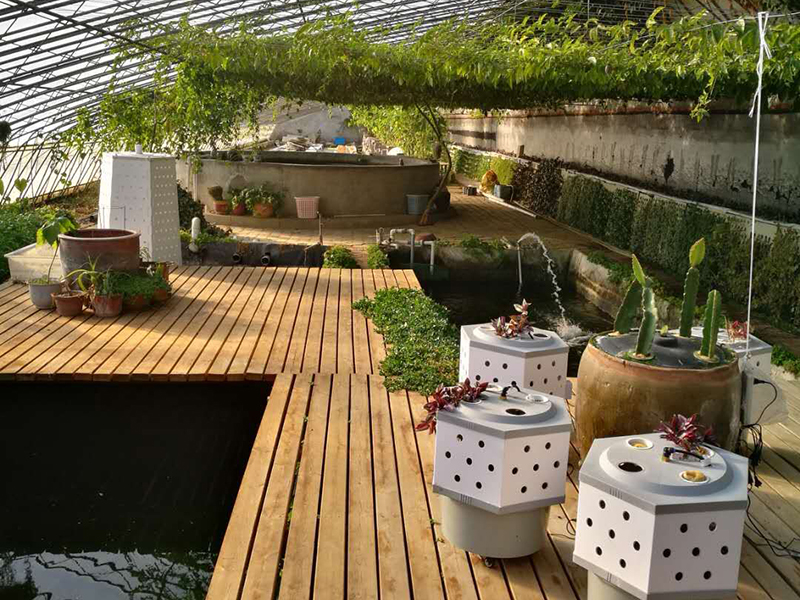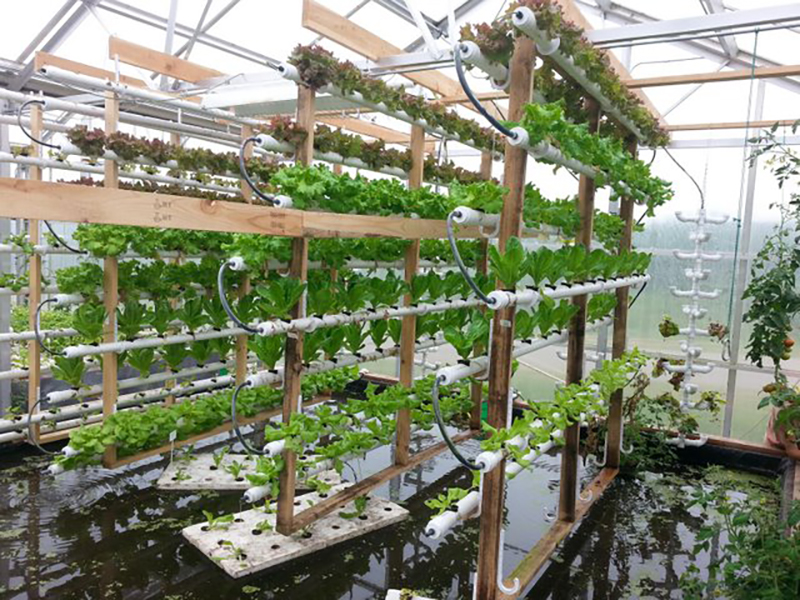Aquaponics Culture Hydroponic System
description2
Characteristics of Glass Greenhouse
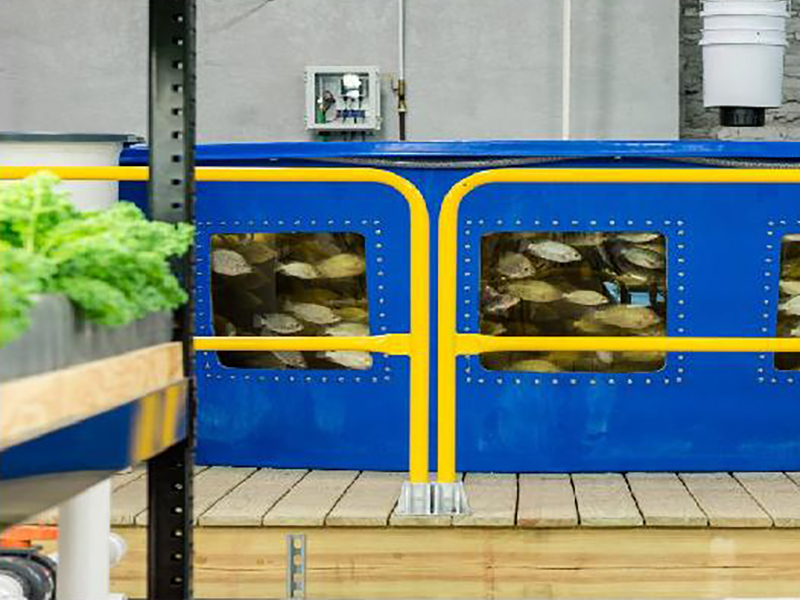
First of all, it’s healthy! Because there are fish in the aquaponic system, no pesticides can be used. A little carelessness will cause the death of the fish and beneficial microbial populations and the collapse of the system.
Secondly, because aquaponics is separated from soil cultivation and avoids heavy metal pollution in the soil, the heavy metal residues in vegetables and aquatic products in the aquaponics system are much lower than in traditional soil cultivation.
This new comprehensive planting and breeding model not only has fewer pests and diseases than soil cultivation, saves water and land, and is ecologically recyclable, it can also develop rooftop farms, popular science tourism and other projects to produce green and healthy agricultural and sideline products.
Mainstream technology implementation
In order to achieve a reasonable combination of fish and vegetables and large-scale cultivation, the mainstream practice in the world is to separate the fish pond and the planting area. The fish pond and the planting area realize water circulation and filtration through water pumps. In the cultivation part, the main technical modes are as follows:
1.Substrate cultivation: Vegetables are planted in substrates such as gravel or ceramsite. The matrix plays the role of biochemical filtration and solid fertilizer filtration. Nitrifying bacteria grow on the surface of the substrate and are specifically responsible for biochemical filtration and solid fertilizer filtration. This method is suitable for growing all kinds of vegetables.
2.Deep water culture (DWC: Deep water culture): Vegetables are grown on tanks and held up by floating materials such as foam. The roots of the vegetables extend down through the holes of the raft into the water to absorb nutrients. This method is more suitable for leafy vegetables.
3.Nutrient Film Technique (NFT: Nutrient Film Technique): PVC pipes are usually used as planting carriers, and nutrient-rich water is pumped into the PVC pipes. The plants are fixed in the planting basket and planted in the opening above the PVC pipe, allowing their roots to access water and absorb nutrients. This method is mainly used for leafy vegetables.
4.Aeroponics culture: directly atomize the water used for fish farming and spray it onto the roots of plants to achieve the purpose of nutrient absorption. This method is also mainly used for leafy vegetables. The water needs to be fully filtered and purified before spraying to avoid clogging the spray device.
product picture






